| Online: | |
| Visits: | |
| Stories: |
Phenomenal 2014 New Scientist Eureka Prize For Science Photography (Amazing Photos)
(N.Morgan) Natural Culture Discovery has put together some extraordinary photos of the world of science.
The photos will bring you face to face with manta rays and moths, and even closer to microscopic flower buds and human tissue wreathed in nanoparticles, the top ten images represent the best in science photography this year.
So let’s explore the remarkable world of science!
Alfred Manta Feeding
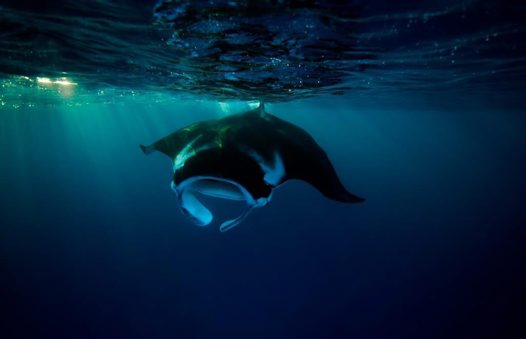
In this photos by Gary Cranitch we are treated to one of the largest rays on the planet, is currently listed as vulnerable in eastern Australian waters with recorded individuals numbering in the few hundred.
Gary Cranitch’s awe-inspiring image is an important reminder that we still have much to do to ensure the survival of this beautiful species.
Wheat Through the Looking Glass
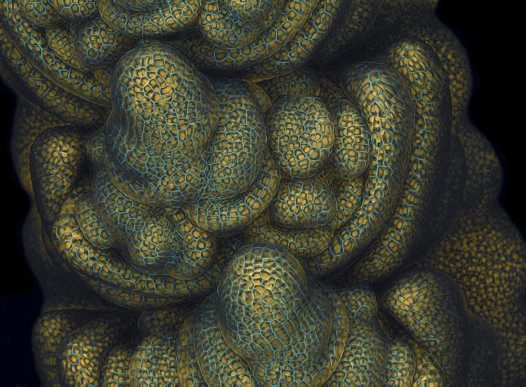
In this photos from Dr Mark Talbot, the Dr. uses a electron microscope (SEM) so we can get an up close look into young flower buds of wheat that will eventually become seeds.
Using different modes of the SEM, two images of the same tissue were captured, superimposed and artificially colored to highlight cell outlines (blue) and nuclei (orange).
This unique way of creating SEM images unexpectedly revealed details normally seen only with a confocal laser microscope, even though the microscopes work in very different ways.
Unravelling A Basket Star
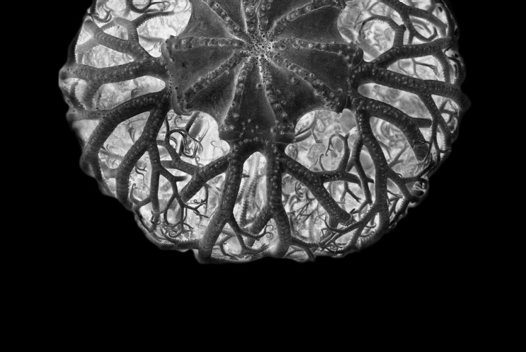
In this photo by Charles Tambiah we explore this striking image of a basket star, Gorgonocephalus sp., has been composed by ‘painting’ with micro-light to peel back layers of science.
Utilising the full breadth of tools within imaging software, and fiber-optics for lighting hidden spaces, Charles has painted multiple layers of information out of blackness, unraveling a simple, yet complex, marine invertebrate.
Nanoparticle Planet
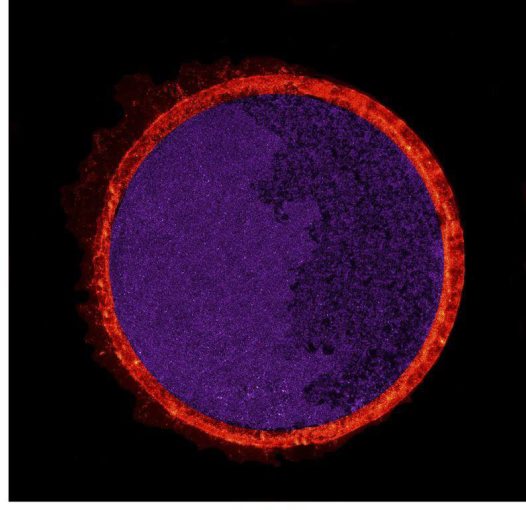
In this stunning photo by Michael Bradshaw, we get a rare view of skin cells with internalized nanoparticles.
The large circle is a 10-millimetre cover slip and the bright orange dots are the fluorescent and magnetic nanoparticles inside the cells.
The cells are being induced to migrate off to the left of the cover slip via an external magnetic field. This kind of cellular control has implications in wound healing.
Bolt Out Of The Blue

I’d have to say this photo by Peter Enright is one of my favorites, in this one he has managed to capture a lucky four-second handheld exposure during a sudden summer storm at the Woodford Folk Festival.
The image encapsulates the incredible power of nature.
The Face of a Moth
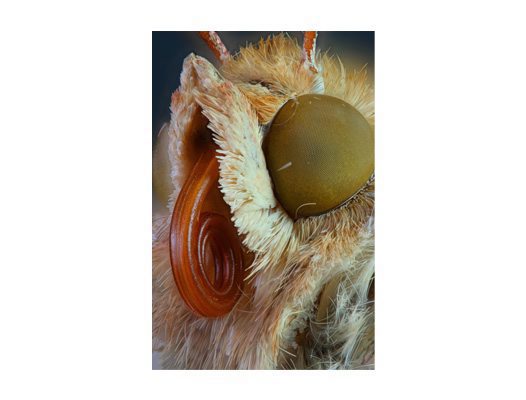 In this slightly creepy photo by Ralph Grimm, we explore how many animals, particularly insects, have the ability to perceive their surroundings in a totally different way to humans.
In this slightly creepy photo by Ralph Grimm, we explore how many animals, particularly insects, have the ability to perceive their surroundings in a totally different way to humans.
Ralph Grimm’s textural, close-up image draws the viewer in to reveal the exquisite detail and complexity of a moth’s head, thereby also encouraging people to not just see the surface but to look more closely at our amazing world.
Flight of the Samara
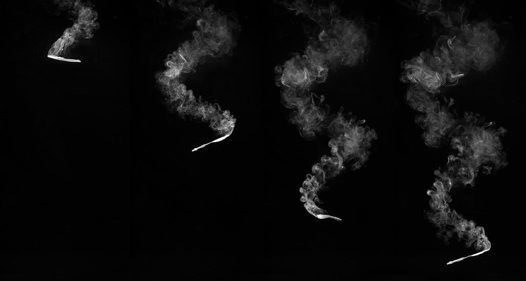
This intriguing photos by Phred Petersen, which he named Flight of the Samara,is a composite of four frames from high-speed video showing the aerodynamics of an auto-rotating winged seed (Samara) common to trees such as maple and ash.
This seed was tagged with a theatrical smoke formula to show an integrated picture of the descent of the seed over several rotations.
Understanding the aerodynamics of these natural helicopters has application in the bio-inspired design of micro air vehicles.
Probing the Breast in 3D
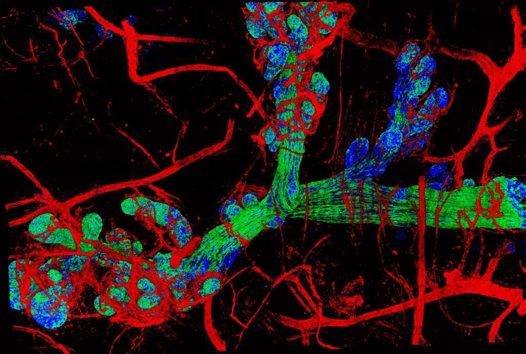
In this psychedelic photos by Dr. Anne Rios we get an inside glimpse into the inside human breast tissue, shows a 3D view of the elaborated milk-producing ductal network enwrapped within the blood vessels.
This photo represents more than 100GB of data, obtained with a new, cutting-edge3D confocal strategy developed at WEHI.
It allows a unique visualization of expansive areas of breast tissue with high cellular resolution that could bring new insights in breast cancer.
An Ancient Landscape for Modern Science
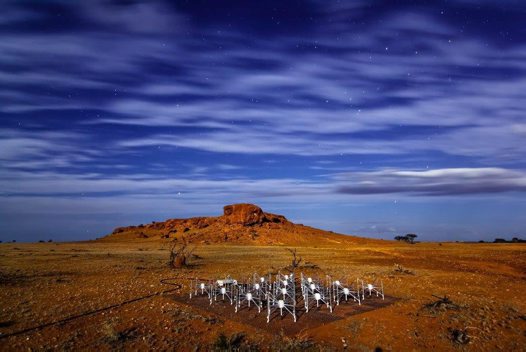
In this splendid photo by Pete Wheeler, he captures the landscape to show the difference between modern science and ancient history.
Using a long exposure and the light of the full moon to illuminate the landscape, Pete Wheeler has captured one of the 128 ‘tiles’ of the radio telescope called the Murchison Widefield Array and a distant ‘breakaway’ beneath a star-studded Murchison sky.
Located in the Western Australian outback, the Murchison Widefield Array is a precursor to what will be the largest telescope ever built, the Square Kilometer Array.
Thorny Problems
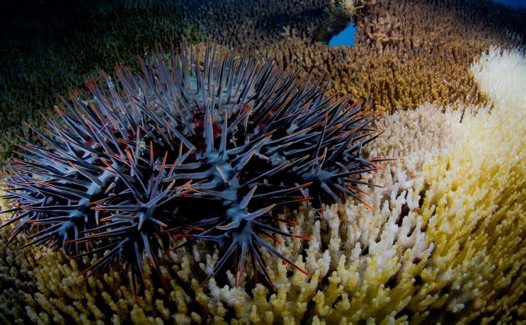
In this prickly photo by Richard Wylie we see the Crown-of-thorns Sea Stars have a justifiably bad reputation for causing damage to the Great Barrier Reef. Richard Wylie’s photo, taken at Lizard Island, demonstrates that even one 40-centimetre wide Crown-of-thorns can eat its way through a large area of reef.
The white coral, which has been consumed by this sea star, is in sharp contrast to the healthy sections of reef.
More Stories Contributed By N. Morgan




